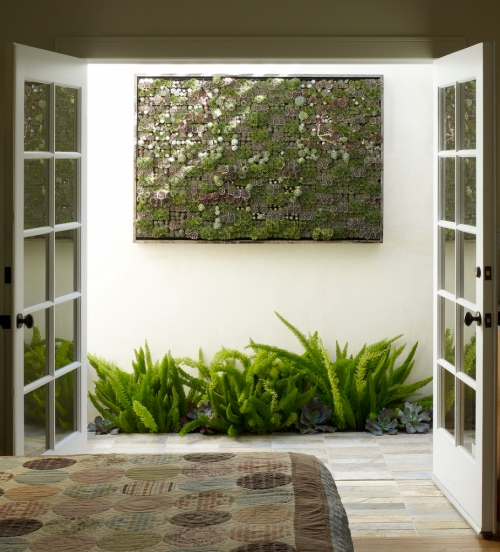Ah, what a great headline what with the news about Osama bin Laden – wish I could take credit for it! I must pass the credit on to the clever folks at Kabloom, who have just celebrated the 5th International Sunflower Guerrilla Gardening Day on May 1st and recently teamed up with Selfridges to create a pop-up shop instore. They produce these witty Guerrilla Gardening ‘Seedboms’. A great gift idea for those of use who would like to see a few flowers in neglected corners of the world.
A great gift idea for those of use who would like to see a few flowers in neglected corners of the world.
Welcome to The Modern Gardener blog
We love gardens, and we love modern architecture and design. This blog is a loose collection of experiences and observations as we explore those passions. Occasionally we give tips and advice based on our own experience - please use these only in addition to advice from books and professionals. And do always comment back with your own experience as it helps us and other readers!-
Join 117 other subscribers
Top Posts
Latest tweets
Tweets by moderngarden

















